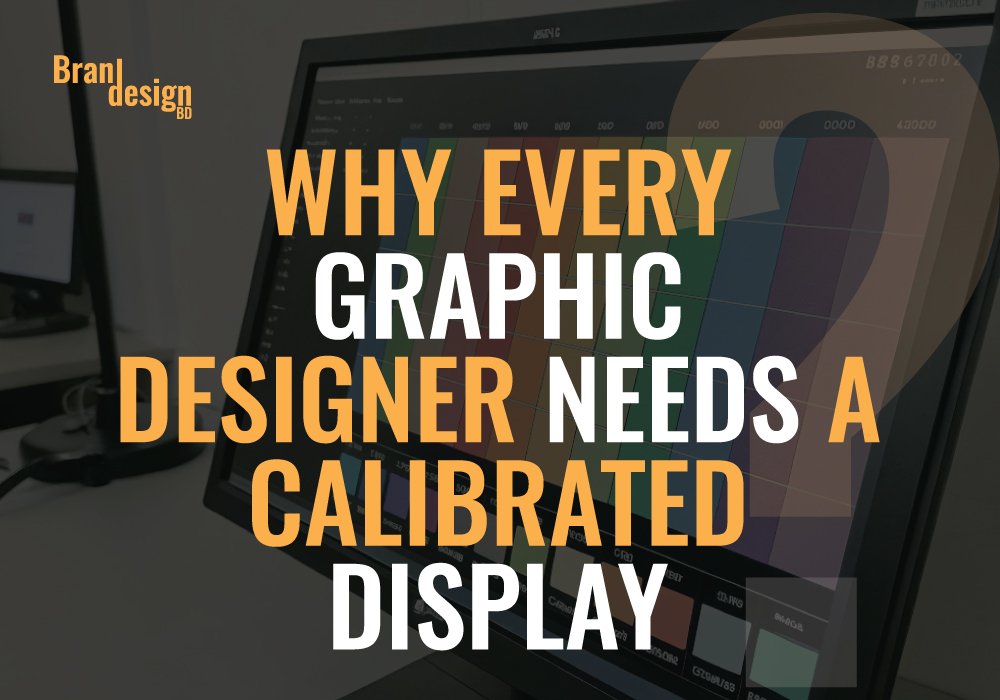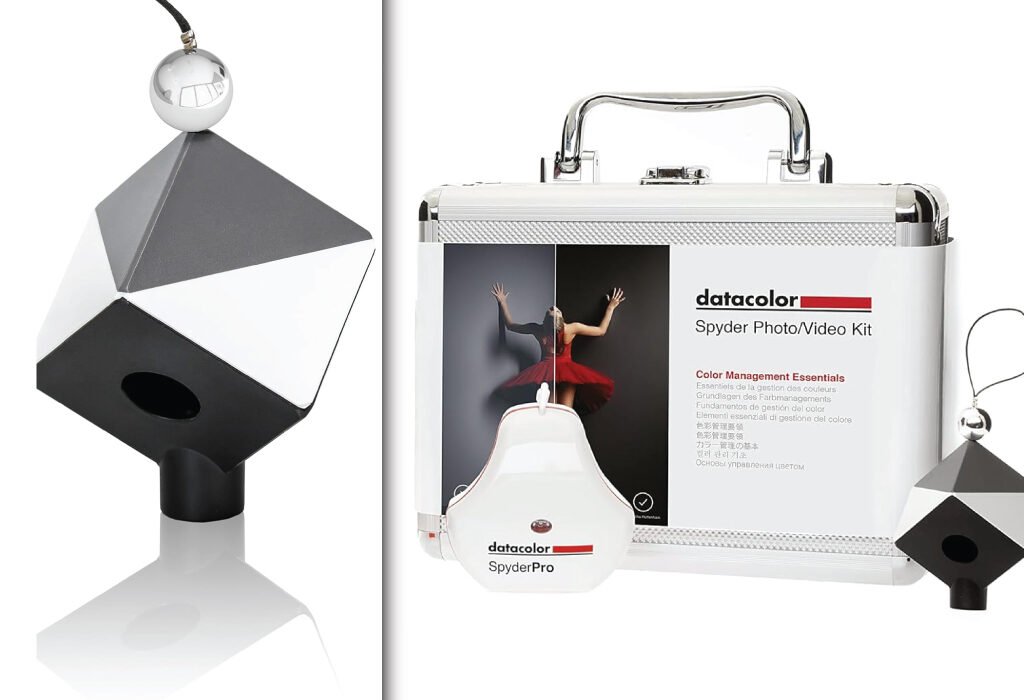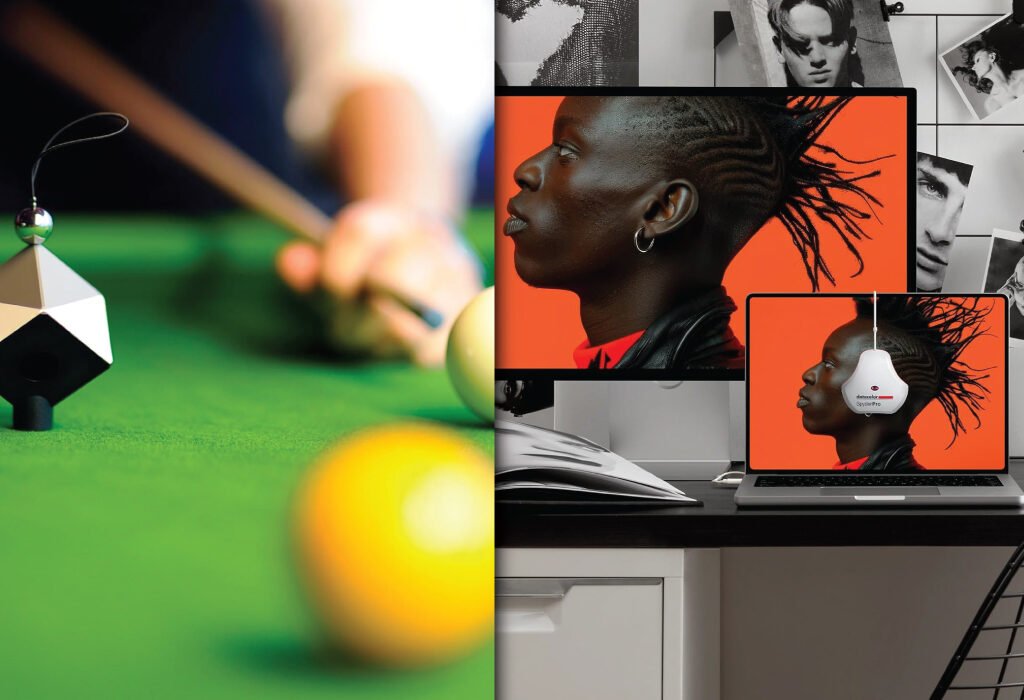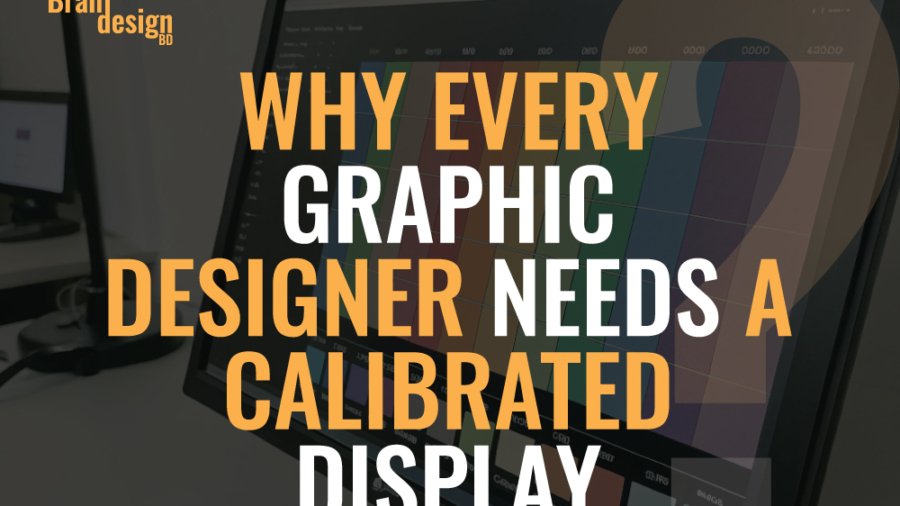
Table of Contents
- Understanding What a Calibrated Display Is
- Benefits of Using a Calibrated Display in Graphic Design
- How to Calibrate Your Display Effectively
- 2024 Datacolor Spyder Photo/Video Kit: The Best Hardware Calibrator for True Color Accuracy
- Choosing the Right Monitor for Calibration
- The Impact of a Calibrated Display on Client Relationships
- Common Challenges and How to Overcome Them
- Tips for Maintaining Your Calibrated Display
- Final Thoughts on the Importance of a Calibrated Display for Graphic Designers
Discover why a calibrated display is essential for every graphic designer. Learn how color accuracy improves design quality, client satisfaction, and workflow efficiency.
Understanding What a Calibrated Display Is
What Does Calibration Mean?
Calibration is the process of adjusting your monitor’s settings to display colors as accurately and consistently as possible. It aligns the output of your screen with established color standards. Without calibration, colors can look different on various devices, causing confusion and errors in design.
Why Is Calibration Necessary for Graphic Designers?
Graphic designers rely heavily on color to communicate messages, evoke emotions, and create visually compelling work. If the colors on your screen are off, your designs may look different when printed or viewed on other devices. This can cause rework, client dissatisfaction, and even loss of credibility.
Benefits of Using a Calibrated Display in Graphic Design
Improved Color Accuracy
A calibrated display ensures the colors you see are true to life. This means what you design on your screen will closely match the final product, whether it’s a printed brochure, website, or app interface. Accurate colors reduce the guesswork and revisions during project delivery.
Consistency Across Devices
With calibration, your monitor matches industry color profiles like sRGB or Adobe RGB. This consistency means your designs will look similar across different screens, from client monitors to smartphones. It creates a professional workflow that minimizes surprises.
Enhanced Detail and Clarity
Calibration helps bring out subtle differences in shades and gradients. This makes it easier to spot errors, fix color banding, and refine your work to a higher standard. Better detail means your designs will have depth and polish.
Saves Time and Reduces Costs
When colors are accurate, you avoid multiple rounds of corrections. This speeds up your workflow, reduces frustration, and lowers the costs related to printing errors or digital mishaps. In the long run, a calibrated display is a smart investment.
How to Calibrate Your Display Effectively
Using Hardware Calibration Tools
Hardware calibrators, like the X-Rite i1Display or Datacolor Spyder, measure your screen’s output and automatically adjust settings. These devices provide the most precise calibration, tailored to your specific monitor.
Software Calibration Methods
Some monitors and operating systems include built-in calibration tools. While less precise than hardware calibrators, software options can still improve color accuracy. Tools like DisplayCAL or the calibration wizards in Windows and macOS are good starting points.
Setting the Right Brightness and Contrast
Calibration isn’t only about color but also brightness and contrast. Correctly setting these parameters ensures your screen isn’t too dark or washed out, providing an accurate viewing environment. This step is vital for precise color work.
Calibrate Regularly for Best Results
Monitors change over time, affecting color accuracy. Regular calibration, ideally every month or two, helps maintain consistent output. Keeping a calibration schedule ensures your display remains reliable throughout your design projects.
2024 Datacolor Spyder Photo/Video Kit: The Best Hardware Calibrator for True Color Accuracy
If you’re a photographer, videographer, or graphic designer, precise color accuracy is crucial for your work. The 2024 Datacolor Spyder Photo/Video Kit is a leading hardware calibrator designed to deliver professional-grade monitor calibration and color management from capture to editing. This all-in-one solution ensures your colors are vibrant, consistent, and true-to-life across devices and media.
Why Choose the Spyder Photo/Video Kit?
Color accuracy is non-negotiable for creative professionals. The Spyder Kit combines multiple tools — including the SpyderPro colorimeter, SpyderCUBE, and Spyder Checkr color charts — to provide comprehensive calibration for your monitors and cameras. This means fewer revisions, confident client approvals, and a streamlined workflow.
Key Features of the 2024 Spyder Photo/Video Kit
- Precise Monitor Calibration: The SpyderPro device measures your display’s color output up to 2000 nits brightness, supporting OLED, LED, and mini-LED screens.
- White Balance and Exposure Reference: The SpyderCUBE helps you set perfect white balance and exposure in RAW images, saving editing time.
- Accurate Color Correction Tools: Spyder Checkr Photo and Video charts aid in consistent color matching across cameras and lighting setups.
- User-Friendly Software: Guided calibration with ambient light measurement ensures your screen adapts to your workspace conditions.
- Portable and Durable: All tools come in a protective metal case for studio or on-location use.

Who Should Use This Hardware Calibrator?
This monitor calibration tool is ideal for photographers, video editors, graphic designers, and digital artists who want to maintain color fidelity throughout their creative process. Whether you work in a professional studio or on the go, the Spyder Photo/Video Kit guarantees that your colors stay accurate from capture to final output.
How Does Calibration Improve Your Work?
By calibrating your monitor with this hardware calibrator, you ensure that the colors you see on screen match the printed or published version. This eliminates guesswork, reduces costly mistakes, and improves your client’s trust in your work. Accurate colors also enhance your portfolio by showing your true creative vision.
System Compatibility and Setup
Compatible with Windows 10, 11 and macOS Mojave through Sonoma, the Spyder Photo/Video Kit integrates seamlessly into your existing workflow. The intuitive Datacolor software walks you through calibration in minutes, making it accessible even for beginners.
Get the Best Hardware Calibrator for Color Accuracy
For the best color calibration results in 2024, the Datacolor Spyder Photo/Video Kit stands out as a complete and reliable solution. Elevate your creative work with precise color control and consistency, ensuring every project looks exactly as you envision it.
Technical Details: 2024 Datacolor Spyder Photo/Video Kit
| Feature | Specification / Description |
|---|---|
| Included Devices | SpyderPro Colorimeter, SpyderCUBE, Spyder Checkr Video, Spyder Checkr Photo |
| Calibration Target | Supports monitor calibration and color correction for photography and video workflows |
| Colorimeter Brightness | Measures brightness up to 2000 nits |
| Supported Displays | LCD, LED, OLED, Mini-LED monitors |
| Color Gamut Support | Calibrates to standard color spaces such as sRGB, Adobe RGB, DCI-P3 |
| Color Depth | Supports 8-bit and 10-bit color displays |
| Calibration Software | Datacolor Spyder software with ambient light monitoring, custom profiles, and calibration reminders |
| White Balance Tool | SpyderCUBE for setting white balance and exposure reference in RAW image editing |
| Color Reference Charts | Spyder Checkr Video (for video color correction), Spyder Checkr Photo (62 color patches for photography) |
| Portability | All tools stored in a durable metal case, easy for field and studio use |
| Connectivity | USB interface for all devices |
| Supported Operating Systems | Windows 10 and 11 (32/64-bit), macOS 10.14 (Mojave) through macOS 14 (Sonoma) |
| Calibration Frequency | Recommended monthly or as needed |
| Software Features | Ambient light sensing, multiple calibration targets, intuitive step-by-step process |
| Physical Dimensions | Colorimeter approx. 2.5 x 2.5 x 1.5 inches (varies slightly) |
| Weight | Approx. 150 grams per device |

Choosing the Right Monitor for Calibration
Look for Professional-Grade Monitors
Not all monitors are made equal. For graphic design, invest in displays that support wide color gamuts like Adobe RGB and have 10-bit color depth. Brands like Eizo, BenQ, and Dell offer models designed for color-critical work.
Consider Panel Technology
IPS panels provide better color accuracy and viewing angles compared to TN or VA panels. This is crucial for design, where even small color shifts can impact your work.
Resolution and Screen Size Matter
Higher resolution screens (like 4K) allow for finer detail and more workspace. Screen size should match your work habits and desk space but aim for at least 24 inches for comfort and clarity.
The Impact of a Calibrated Display on Client Relationships
Builds Trust Through Accurate Presentation
When your designs match client expectations, it builds confidence in your professionalism. Accurate color representation reassures clients that you deliver high-quality work.
Reduces Miscommunication and Disputes
Color inconsistencies often cause disagreements between designers and clients. A calibrated display minimizes these issues by showing the correct colors from the start.
Enhances Portfolio and Brand Image
Consistent and vibrant designs improve your portfolio’s appeal. It reflects your attention to detail and dedication to quality, making you stand out in a competitive market.
Common Challenges and How to Overcome Them
Dealing with Multiple Devices and Color Profiles
Working with clients using different devices can be tricky. Understanding color profiles and managing them during the design process helps maintain accuracy across platforms.
Environmental Factors Affecting Calibration
Ambient light, screen reflections, and room color temperature affect how colors appear. Creating a controlled workspace with neutral lighting supports your calibrated display’s performance.
Budget Constraints for Calibration Tools
Hardware calibrators can be costly. For beginners or freelancers, starting with software calibration and upgrading later is a practical approach.
Tips for Maintaining Your Calibrated Display
Avoid Changing Monitor Settings Frequently
Once calibrated, avoid altering brightness, contrast, or color settings unless necessary. Frequent changes can throw off calibration accuracy.
Keep Your Workspace Consistent
Maintain consistent lighting and avoid glare to preserve color perception. Using curtains or blinds and positioning your monitor away from direct light sources helps.
Use Color Management in Your Design Software
Programs like Adobe Photoshop and Illustrator allow you to embed color profiles and preview colors accurately. Pairing a calibrated display with proper software settings maximizes results.
Final Thoughts on the Importance of a Calibrated Display for Graphic Designers
A calibrated display is not just a nice-to-have; it is an essential tool for every graphic designer committed to excellence. It elevates your design quality, streamlines your workflow, and strengthens client relationships. Investing time and resources into calibration pays off through more accurate colors, fewer revisions, and a more professional output.
By understanding how to calibrate your display, choosing the right monitor, and maintaining your setup, you ensure that your creative vision translates perfectly from screen to final product. In today’s competitive design world, a calibrated display sets you apart and supports your success.
lso, check the recent article about the best laptop for graphic design here.
A calibrated display is a monitor adjusted to show colors as accurately and consistently as possible, matching industry color standards. This ensures the colors you see while designing are true to life.
Graphic designers need calibrated displays to ensure their designs have accurate colors that will look consistent across devices and in print. It reduces errors, revisions, and client dissatisfaction.
It’s recommended to calibrate your monitor every month or two to maintain accurate color display, as monitors tend to drift in color accuracy over time.
While some basic software calibration tools exist, hardware calibrators like the Datacolor Spyder offer far superior accuracy and reliability for professional design work.
Yes, ambient lighting impacts how colors appear on your screen. Proper calibration tools measure room light and adjust your display accordingly for the most accurate color representation.


